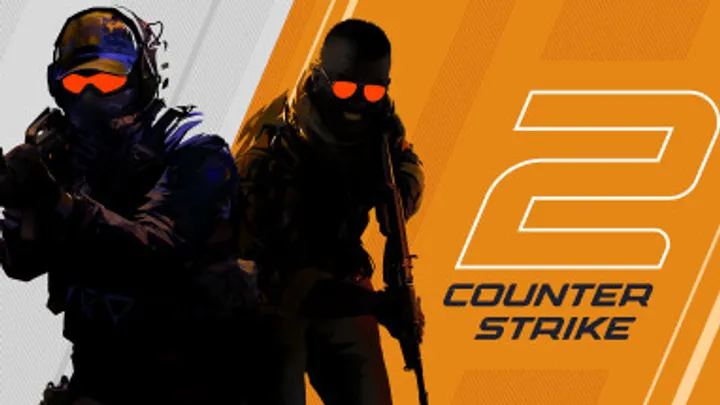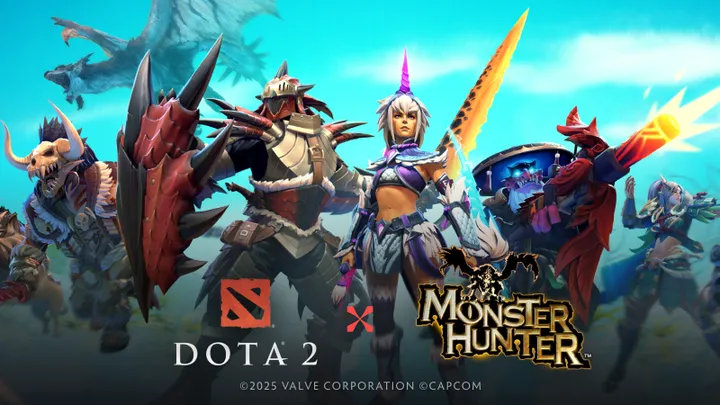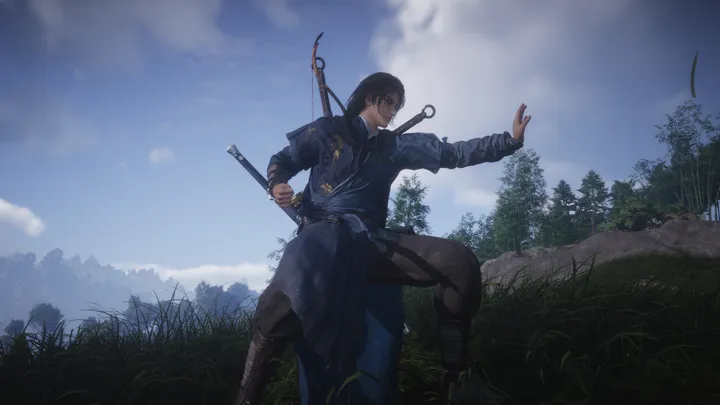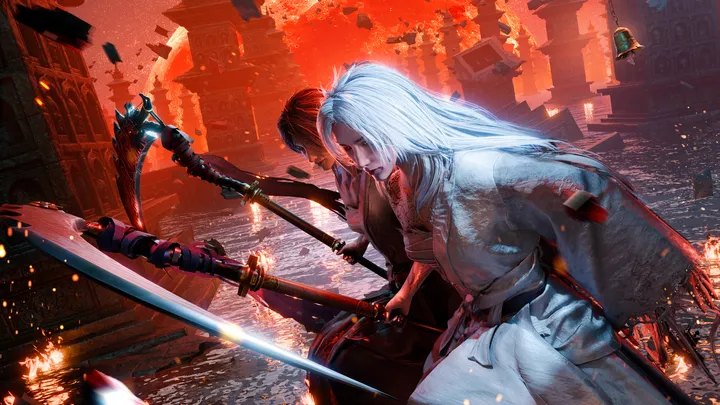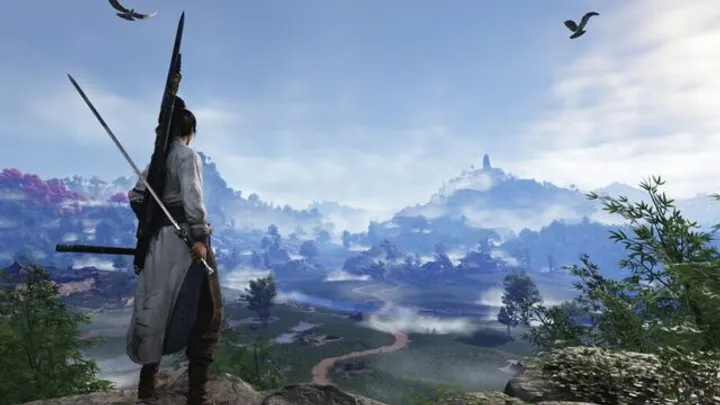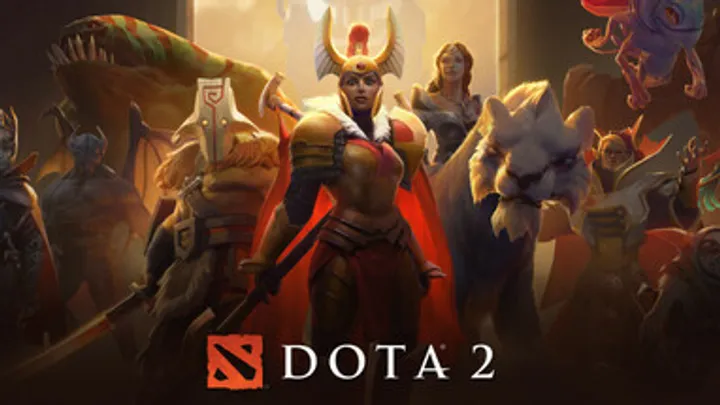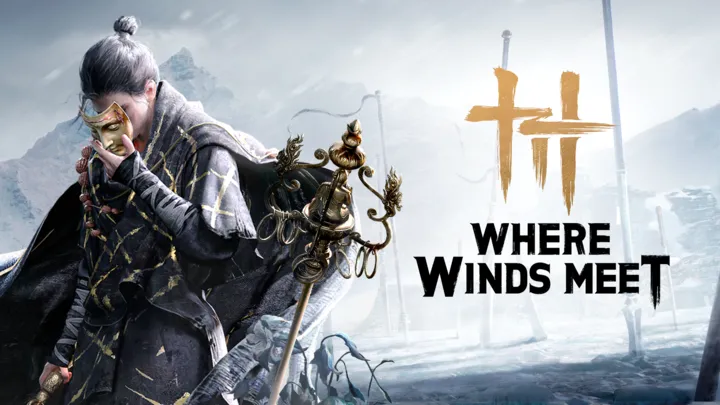The Outer Worlds 2 takes everything that worked in the first game and amplifies it — more complex decision-making, deeper character builds, smarter enemy AI, improved exploration, and a more dynamic faction system. To play well, you need more than basic knowledge. You need strategy, planning, and mastery of its systems.
This guide dives deeply into every major mechanic you must understand, especially if you want to dominate the game on higher difficulties. Every section includes practical, actionable advice — not generic tips.
Choose Your Background and Aptitude Wisely
Your background and aptitude are the foundation of your build. They influence dialogue options, combat efficiency, and the pace at which you gain power. While many players rush through this step, The Outer Worlds 2 rewards those who choose with intention.
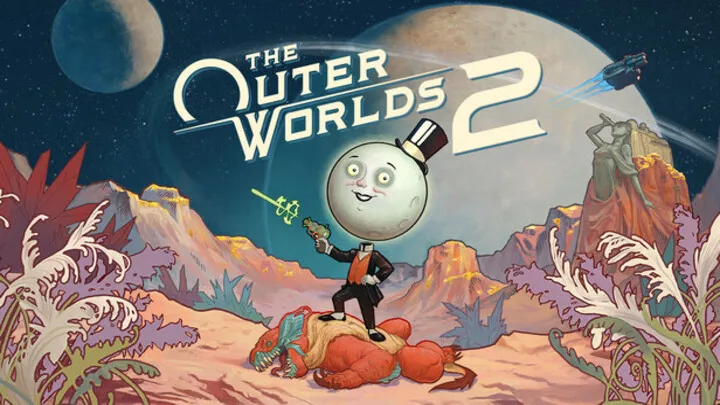
How Background Affects Dialogue, Combat, and Story Reactions
Backgrounds do more than increase stats. They shape how NPCs react to you, your dialogue success rate, and which factions trust you faster.
Examples:
- A corporate background makes Board members respond more respectfully, opening alternative quest routes.
- A labor-heavy background earns sympathy from working-class NPCs and sometimes unlocks secret vendors.
- Science backgrounds open unique, highly valuable hacking or investigation prompts.
Choose a background that aligns with how you want to play — talker, thinker, shooter, or hybrid.
Best Background Choices Based on Playstyle
Below are optimal backgrounds depending on build:
For combat-focused players:
- Spacer Melee Worker → melee builds
- Ballistics Trainee → ranged builds
- Security Enforcer → tanky frontline builds
For speech-heavy players:
- Office Clerk → persuasion-heavy paths
- Public Relations Associate → deception and lying
- Union Organizer → intimidation and leadership
For stealth-based players:
- Maintenance Technician → hacking and lockpicking
- Basement Runner → stealth speed advantages
Pro Tip for Background Selection
Don't pick a background just because it sounds cool. Pick the one that gives you immediate advantages. Early-game advantages snowball into faster skill progression.
Understand How Skill Groups Interact and Shape Your Build
The skill system in The Outer Worlds 2 is drastically improved. Skills grouped together rise together until level 50, allowing broader early-game competence. Past 50, specialization becomes mandatory.

Important Skill Groups and Why They Matter
Combat Skills
- Long Guns: strong against armored enemies
- Handguns: fast, reliable, low-cost ammo
- Heavy Weapons: AoE and crowd control
Dialogue Skills
- Persuade: peaceful solutions, rewards
- Intimidate: fast conflict resolution
- Lie: access to restricted areas, shortcuts
Tech Skills
- Medical: stronger healing and consumables
- Science: better weapon modding
- Engineering: repairs items cheaper
Stealth Skills
- Hacking: access terminals, lock areas
- Lockpick: high-level containers
- Sneak: avoid unnecessary fights
Skill Prioritization for the First 10 Levels
Levels 1–10 should never be spent randomly. The efficiency of your early choices accelerates your power later.
Recommended early spread:
- 10 points into Persuasion
- 10 points into Long Guns or Handguns
- 10 points into Medical
- 10 points into Lockpicking
- Remaining into Tech or Stealth depending on build
This ensures that you aren’t weak in any scenario — combat, dialogue, or exploration.
Advanced Skill Strategy
Once skills reach 50, focus and specialize. Max out your primary weapon skill early to dominate mid-game bosses.
Master Tactical Time Dilation (TTD)
TTD isn’t a gimmick — it’s one of the strongest combat tools in the game. New players underuse it, while veterans rely on it for survival.
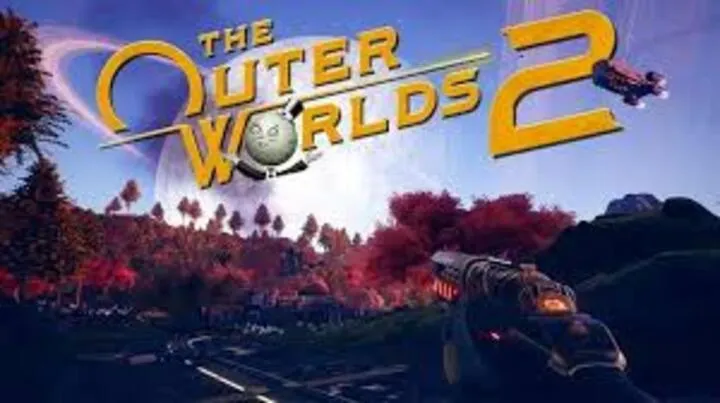
What TTD Is Really For
TTD slows time, but also:
- Highlights enemy weak points
- Reveals armor vulnerabilities
- Allows limb targeting for strategic takedowns
- Enables combo setups with companions
Examples:
Shoot the legs → cripple the enemy → switch to heavy weapon for a finisher.
Shoot the arms → reduce their gun accuracy → reposition.
How to Use TTD Efficiently
Avoid wasting TTD on weak enemies unless needed. Save it for:
- Boss encounters
- Super armored foes
- Enemies that rush you
- Shielded targets
Use TTD only when you're committing to a burst-damage sequence.
Advanced TTD Techniques
Try this combo for maximum impact:
TTD → target leg → switch weapon → stagger → headshot → roll behind cover.
Executed properly, it neutralizes even strong elite enemies.
Build Strong Companion Synergy
Companions are not optional in The Outer Worlds 2. They provide stat boosts, tank damage, and unlock new tactical advantages.
Understanding Companion Roles
Tank Companions
- Absorb damage
- Hold aggro
- Create space for you
Support Companions
- Improve reload speed
- Amplify your damage
- Provide buffs
Offensive Companions
- Burst damage
- Elemental support
- Area-of-effect crowd control
Best Early Companions for Beginners
Look for companions with balanced kits. A good early combo is:
- One tank: absorbs frontline pressure
- One ranged attacker: handles mid-to-long range enemies
This balance allows you to fight confidently without constantly running from heavy enemies.
Pro Tip for Companion Loadouts
Update companion armor before weapons. Armor prevents deaths — weapons only add damage. Survivability is priority.
Loot Smart and Manage Weight Efficiently
Loot hoarding can ruin your experience. Learn what’s worth picking up and what’s not.
Items You Should Always Loot
- Medical kits
- Weapon mods
- Armor mods
- Ammo
- Repair kits
These items are valuable consistently through the entire game.
Items You Should Avoid
- Cheap melee weapons
- Duplicate pistols
- Junk armor with low stats
These items clog your inventory and force you to dismantle too often.
Expert Weight Strategy
Carry two strong weapons, one melee backup, and one elemental weapon. Avoid carrying five or six guns at once; you’ll never use them.
Upgrade Weapons and Armor Intelligently
Upgrading without strategy wastes rare materials. Invest only in equipment that will remain relevant for the next 2–3 hours of gameplay.
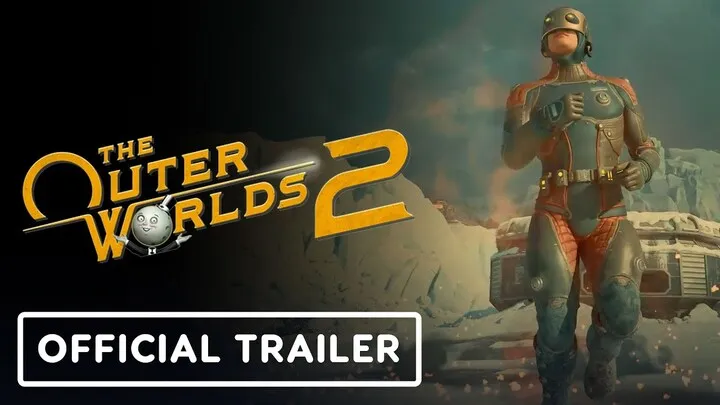
When to Upgrade
Upgrade only when:
- You find a weapon with a unique perk
- Your armor level is below area difficulty
- You are struggling with specific enemy types
What to Upgrade First
Prioritize:
- Main weapon damage mods
- Armor plating
- Scope and accuracy mods
Never upgrade throwaway items.
Modding Strategy
Always check compatibility before installing mods. Some mods cannot be removed later.
Use Stealth to Control Encounters
Stealth allows you to dictate the terms of a fight rather than reacting to enemy aggression.
When Stealth Is Essential
- Heavily patrolled industrial zones
- Late-game corporate facilities
- Creatures with high detection range
Stealth Skills to Prioritize
- Sneak for control
- Hack to disable turrets
- Lockpick for quiet infiltration
Stealth Tactic Example
Disable security → silently eliminate guards → loot → exit.
Stealth saves resources and risks.
Make Choices That Affect the World Meaningfully
Choices in The Outer Worlds 2 are more impactful than in the first game. Factions remember your actions and react strategically.
Dialogue Strategy
Talk before fighting.
Persuasion and lying can:
- Unlock shortcuts
- Avoid battles
- Earn better quest rewards
Faction Alignment Strategy
Aligning with a faction gives you:
- Access to exclusive vendors
- Special armor sets
- Narrative advantages
Save Before Major Choices
This allows you to explore multiple outcomes without penalty.
Do Side Missions Wisely for Maximum Benefit
Side missions are more than filler — they offer essential gear, XP, and narrative depth.
Which Side Missions to Prioritize
- Companion missions
- Faction missions
- Engineering or science-related quests
These offer the best rewards.
Missions to Delay
- Low-reward fetch quests
- Easy courier tasks
- Repetitive "kill X enemies" missions
Pro Tip
Completing companion quests unlocks permanent passive perks that scale through the entire game.
Explore Deeply — Every Area Holds Secrets
Exploration is highly rewarding in Outer Worlds 2.
Places You Should Explore Early
- Abandoned corporate labs
- Mining sites
- Wilderness zones with rare creatures
What You Gain Through Exploration
- Rare weapon mods
- Hidden lore
- Faction reputation
- Unique armor pieces
Secret Exploration Technique
If you see a locked door, always return later with higher skills. Behind many locks are late-game-worthy rewards.
Conclusion
Mastering The Outer Worlds 2 requires strategic planning, smart combat choices, and a deep understanding of how the game’s systems interact. Whether you’re optimizing your companions, navigating faction politics, or building the perfect stealth-shooter hybrid, every decision shapes your journey. Follow the strategies in this guide and you’ll progress faster, dominate harder, and experience the full depth of the game’s world.









